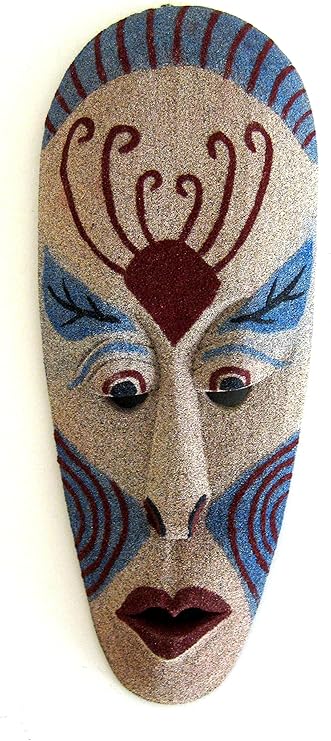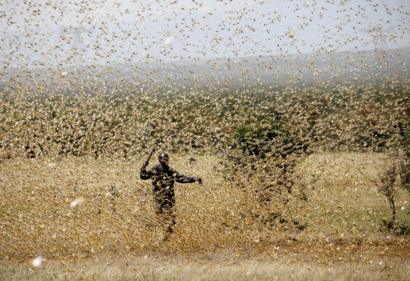Currently COVID-19 is affecting every part of the world, and Africa is no exception. According to Amogelang Mbatha, an author for Bloomberg, they however have not been hit as hard as other countries or continents. As of Sunday, April 5, 2020, there were 1,655 people that were infected with the disease, and a surprisingly low number of eleven deaths. On this day, they were on day 10 of a three week lockdown.
Similar to a lot of other countries, the South African government expects the number of confirmed cases to go up as more tests are being administered. I found it cool that they have nearly 10,000 field workers that are putting themselves at risk and are checking up on people in their homes and at mobile testing centers. As of Sunday, they had already conducted 56,873 COVID-19 tests. They are also following suit of other countries by having factories that normally do not manufacture ventilators, start making them so that they can increase the capacity of medical equipment needed. Denel Chief Executive Officer Danie Du Toit said in a statement, "We are still in the early stages of the project, but we are optimistic that this local initiative will help to alleviate the dire need for medical ventilators that are required in great numbers at both public and private hospitals."
To me, it seems like they still have a lot coming their way. I thought that we got hit by this virus late, relative to China and Europe at least. Compared to the United States, they are still in the early stages of how COVID-19 is going to affect their country. I hope that they continue to follow in the footsteps of these countries that have been dealing with it so that they will see what is needed in order to overcome it. Based on my calculations, 0.003% of South Africa's population has been infected, while in America 0.112% have tested positive for Coronavirus.
Mbatha, A. (2020, April 5).
South Africa Coronavirus Cases Increase by 70 to 1,655. Retrieved from Bloomberg: https://www.bloomberg.com/news/articles/2020-04- 05/south-africa-coronavirus-cases-increase-by-70-to-1-655






